Red Bishop (detail) from Filippucci’s NFT Chess Series Collection
NOTE: If you’re just seeing Part Three of my Blockhead Adventures, it might prove helpful to back up to Part One and Part Two first.
MY FIRST NFT THAT IS NOT FOR SALE (yet).
This animation will be set to infinity loop when it becomes an NFT and the music can be muted.
Red Bishop from Chess Collection ©Filippucci 2021.
On the morning of July 3, 2021, I finally completed the submission process on NiftyGateway.com. Why the hold-up? Not realizing the NFTs themselves (although it took a bit of time to render different views in three dimensions, and then learn to animate them) but rather the video required. I balked, diddled, and pouted over making a video selfie explaining myself. The deeper I got into the NFT world, the more it started to resemble a video game: open this chest to retrieve the scroll then slay the monster at the end of the hall.
After working so hard on the NFTs, I realized that I had to finish the Nifty Gateway submission process and make the damn video. I did not realize until finishing this article that the video was part of their vetting process designed to establish me as the original creator of the art I would eventually be submitting once accepted by them. Here are some of the questions I needed to answer:
-What kind/style of project are you aiming to release with Nifty Gateway?
-What are your short-term goals for your art career?
-What are your long-term goals for your art career?
-Please provide links to both your social media handles AND your portfolio.
-Please provide a link (Google Drive or YouTube) to a video introducing yourself personally and as an artist.
Ah yes, that infernal video. Off I went to Best Buy and purchased a $50 “Vlogging” set (round light plus a Bluetooth clicker that connects to your phone and a phone tripod). Took five tries. All awkward. I tend to avoid Zooming and even video chats on my iPhone. I was indignant, like an experienced actor having to do an audition tape. Can’t you just judge me by my work? What does it matter what I say? Egos are rarely helpful, so I finally managed five takes all the while thinking ok, so I submit the link to my privately published video on YouTube, and then the next question will be…”show us some of your NFT collection.” Nope. However I answered the questions, whatever I said on my selfie video would have to suffice. Maybe they would look at my social media and website. Maybe they wouldn’t.
This is my screen capture of their auto response after submitting:
Sound familiar? Much like the form emails we’ve all gotten from galleries or agents or publishing firms over the years, isn’t it? In truth, I was warned. Nifty was not gonna be swifty.
Back in Part One, I referred to Gavin Shapiro, a successful NFT creator who tried to help me understand it all, except that I was a blockhead, not understanding anything. I do remember him saying, 6 months ago, that there was “probably” a backlog of submission requests to Nifty Gateway. I do not remember him saying that he was invited by Nifty Gateway to be on their platform way back in May of 2020, meaning that he never had to go through an actual submission process. So I thought he was just speculating. He wasn’t. So there’s gonna be some wait time. Waiting for Godot, I mean, Nifty, who may never arrive. This means that I’ll need to write a Part Four. Since the pandemic began, we’re all familiar with waiting however, at some point, I’ll have to consider other platforms. Being a Boomer, time is not on my side.
WHY WAIT AT ALL?
My chess pieces were developed as a collection, which is what Nifty Gateway auctions…collections. Other platforms operate differently and many present just individual NFTs, but I wanted to present a collection because I usually work that way…in a series. And being on a curated platform meant that they take the time to choose their creators, understand who they are and what’s behind their projects. For me personally, this is infinitely preferable to joining an all-you-can-eat NFT buffet platform, where repulsive NFTs keep appearing, like the one I saw of Whitney Houston with monumentally inflated breasts. Infuriating.
I suppose what I’m saying is that I want some protection from the swarms of juvenile gadflies who perpetuate misogynistic and degrading NFT fantasies. I’m not saying Nifty is always nifty but at least someone appears to be minding the store.
HOW’D YOU DO DAT?
While not a requirement for NFTs, many are, in fact, animated. They jump, jiggle, twinkle, twist, flutter, or explode in perpetual loops. Some are very short, some are minutes long. But what do you do when you’re not an animator nor a motion graphics designer? Apps. Many of us on social media use apps to add movement to an image because humans are wired to notice things that move. It’s just flying cinders, but here’s one of my actual animations on Instagram using the phone app, StoryZ:
So learning to use those various phone apps prepared me for Plotaverse. Why Plotaverse? Because I needed to do this work on my computer not my phone and Plotaverse allows that. Now paying $19.95 per month for a computer app sounds extravagant, but my objective was to reveal different views of each three-dimensional chess piece. A professional motion-graphics designer I will never be, nor do I aspire to that. I needed a shortcut. Like everything else attached to NFTs, I was yet again a blockhead even with Plotaverse, which does not require a degree from NYU Film School. Methinks I am rather like Dr. Doolittle’s Pushmi-Pullyu creature going forward and backwards simultaneously and only making progress sideways. I am a sideways blockhead coming to terms with the inherent chaos of learning curves. Eventually I get there. That’s what we need to remember. We do eventually get there if we don’t walk away. It’s ok to spew expletives but don’t walk away.
COLLABORATIONS
Remember when I told you in Part One that one of the attractions of NFTs is that you can collaborate? If we’ve learned anything in this Age of Covid, it’s that cooperation and collaboration are good ideas. My studio practice very, very rarely involved collaboration but because of NFTs, I’m much more open to it going forward. Example: I’d like to help WomenAgainstViolence.org with money from my NFTs but once things get underway, I’d also like to work with them on an NFT. Another example. My son, a graduate of Cal Arts, with a major in film scoring (and a lucky break for me), provided the original music for my chess collection. Music, like animation, is not required for NFTs, but I wanted an ethereal quality to the work. He will be credited in each auction for the music, and paid in a two-way “split.” And I will set up secondary royalties for us both should my NFTs be resold by the original collector. Collaborations are involving more and more people and that brings me to an interesting email received from ceramics artist, Hank Saxe:
“Collaborations can become an unequal sharing of effort. A division of labor between artist and fabricator can become lopsided over a period of time, if, say the greater share of the appreciation in value of the work accrues to the benefit only of the artist, and not the collaborating parties….fabricators, preparatory staff, office staff, curators, all of the behind the scenes and unrecognized parts of a production team who don’t end up with an equity position in the work…by tracking the history of an artwork through its various phases and through the inputs of various individuals and workshops that collaborate to make complex processes complete, blockchain records could actually be a help. For one thing, the artist who is at the top of the pyramid of collaborators is often the only one who benefits from the appreciation of the work. This is a problem: it is inequitable and discourages collaboration by those who do not share in the benefits. And so the artist at the top of the pyramid often loses out because at the time of the work was created, they couldn’t finance it and because of lack of trust or verifiability of arrangements, they could not get collaborators to contribute in an atmosphere of trust.”
My response to this thoughtful query? “To create an extensive list of collaborators would require an infrastructure that is not in place yet. If you think of the American Society of Composers (ASCAP), founded in 1914, they responded over many decades to a need–namely, multiple collaborations on a single piece of music. ASCAP is highly organized, with teams of lawyers to uphold royalty law. I envision that soon there will be NFT lawyers! The NFT marketplace is evolving as we speak, so thoughtful questions like this are important to the dialog as to how it will all develop in favor of creators everywhere.”
MONEY + GREED = THEFT
As this new marketplace develops, there have been reports of thievery. It’s not just Old Masters that are prime targets, but also online art, which gets recycled as merchandise like tee shirts. The difference is that now, purloined images can also be converted into NFTs. To be clear: the bad guys are not stealing minted NFTs. They are stealing images, claiming ownership, and “minting” them into NFTs. Appropriation is commonplace from images on the internet, but NFT platforms are now highly motivated to protect their collectors from buying stolen art. In addition, according to an article from Coindesk.com, “Users who believe their art is being appropriated can file Digital Millennium Copyright Act (DMCA) Takedown Notices against the sites selling these NFTs. The DMCA was passed in 1998 for the specific issue of addressing the dissemination of copyrighted material online.” As a result, platforms like SuperRare have developed a strong vetting process and the number one requirement is:
Be able to prove your identity as original artist.
“Our goal is to make SuperRare the place with the best collector experience in digital art. One key factor in doing this is to make sure we are protecting our collectors by ensuring all artworks tokenized on the platform were actually created by the artist that tokenized it. Once an artist is approved they are given complete access to tokenize any artworks they want, so the vetting process has become very important.”
Over time, more NFT platforms will probably develop and enforce stricter standards for ownership, and this may very well be one of the reasons Nifty Gateway has the submission process that it does – it puts you in context with your work. I found it reassuring that YouTube immediately placed a copyright notice on one of my Instagram videos on my new YouTube channel, even though I was using music from a purchased phone app. The restriction prevented me from monetizing my video with that music, even though I had no intention of doing so. This is why it’s important that all components of your NFT are original, your collaborators identified, and that you have permission to monetize the content.
ALL VERY INTERESTING BUT WHERE ARE THE WOMEN?
“Although the decentralized NFT marketplace gives artists equal and direct access to collectors, most of the artists making the biggest sales on the market are predominantly male.” – March 30, 2021, Vogue & NFT Women
Why aren’t there more NFT women and of those that I do see, why are so few making the auction sums one might expect. According to Vogue magazine, only 15% of crypto artists are women. This especially shocks me since I see amazing work by women in the fashion industry using 3D printed fabrics. More women in fine art are employing technology. In 2017, one of Hyperallergic’s senior editors, Jill Steinhauer, noted that women make up 60 to 75 percent of those studying art at a university level, yet a report on gender disparity in the arts compiled by the National Museum of Women in the Arts showed that female artists rarely comprise more than 30 percent of the artists shown in museums and galleries. And only 20 percent are in computer science. In writing these posts, I had to accept that although I imagined that Millennial and Gen X women would be all over the NFT boom, my assumptions were incorrect.
In my own experience, I know only a few female fine artists who work with technology. Of course, many more are out there, like the exceptional Danit Peleg who 3d prints clothing with incredible mastery, has made 3d-printed clothing for the ParaOlympics, and is now offering NFTs on Rariable. The New Mexico-based sculptor Paula Castillo uses cad cam software to visualize some of her work and, to my delight, we sometimes have “nerdy” conversations.
Then there’s Barbara Nessim, who is not only an advocate of actual sketchbooks, but was also was one of the original artists using technology. The chairperson of Illustration at Parsons, The New School for Design, from 1992-2004, and before that a professor in the MFA computer art department at the School of Visual Arts. During her tenure at Parsons, she brought the school into the digital age. We showed together in New York in the early days of computer art, but for us, it was all based on the observable world. We just loved technology as an exciting new tool. Pre-Covid, I met with her in her New York studio but we did not discuss NFTs. Now we’re both doing them.
“Hand Memory” is for sale on Rarible.com for 3 Ethereum (almost
$7,000as of this writing). At 82, Nessim may be one of the oldest NFT’ers out there.
REASONS FOR OPTIMISM
As more artists transition into the NFT marketplace, women are creating communities to advocate for gender inclusivity by amplifying and promoting art by artists who identify as women. One such community is Women of Crypto Art (WOCA), which was formed in 2020 by NFT artists and collectors Etta Tottie, Angie Taylor, Stina Jones, Gisel X Florez, and Sparrow.
NFT by Gisele X. Florez, one of the founders of Women of Crypto Art (WOCA)
CONTROLLING YOUR OWN FUTURE
NFTs represent a future of possibilities where you can sell your original work to collectors independently and realize royalties for future resales. Galleries and museums more and more are beginning to sell and display NFTs. With the efforts of communities like WOCA and Heal the Deal, more female artists can be encouraged to sell their work digitally and become part of the movement to eliminate gender disparities in the marketplace. Heal The Deal is crypto’s first ever emotional support club founded by French graphic designer and digital artist, Maalavidaa on January 28, 2021.
This movement does not signal an end to painting or creating physical pieces. It is, as I’ve said in previous posts, a global opportunity, one that did not exist before, to extend your practice as a fine artist or as a creator, and to build a following of collectors that might otherwise not be possible. In a way, it’s all a chess game. Make your move…you just might end up owning the board.
For those interested. The Inside.com event ‘Mastering NFTs’ was July 8th but you should subscribe to Inside.com for future events.
When: Thursday, July 8 – 11:00 AM PST / 2:00 PM EST
Where: ZOOM (please click here)
Inside.com/Live
In PART FOUR, Filippucci will write about finally getting her NFTs on a platform for sale with all the details attached to that.
Contemporary American artist Sandra Filippucci has recently returned to Connecticut to build out her three-dimensional porcelain work, “Sisters of the Cloth,” in a former bakery on three acres. She is part of a group of New York artists working with technology since the 1980s, and was the first artist to have a digitally based solo exhibition at the Museum of American Illustration in Manhattan.
WEBSITE | https://sandrafilippucci.com
INSTAGRAM | https://instagram.com/filippucciart
LINKEDIN | Art Blogs
LINKS TO LEARN MORE
—How Women Artists Have Been Marginalized in the Blockchain
—https://cointelegraph.com/news/100-artist-nft-collaboration-sells-out-in-minutes-increases-7x-in-price-in-24-hours–https://womenofcrypto.art
—https://www.vogue.com/article/nft-art-women
—https://www.abc.net.au/news/science/2021-03-16/nfts-artists-report-their-work-is-being-stolen-and-sold/13249408
—https://womenofcrypto.art
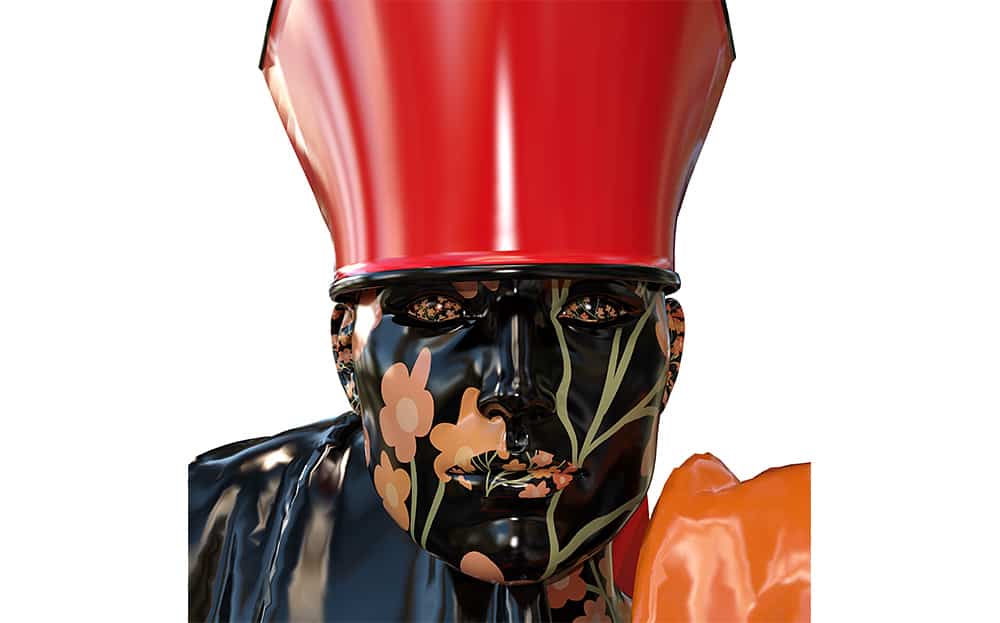
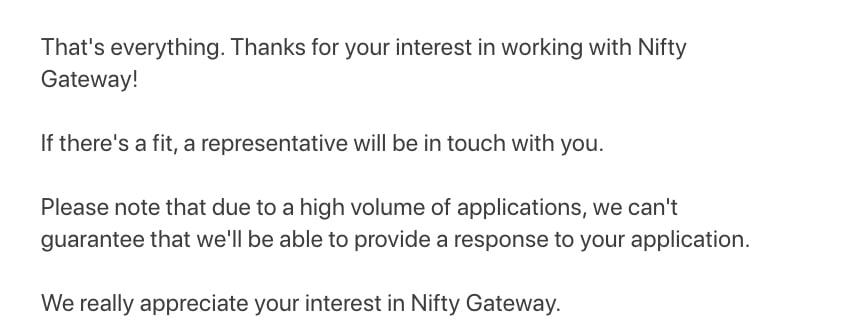
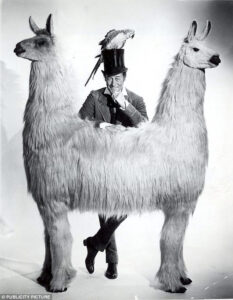
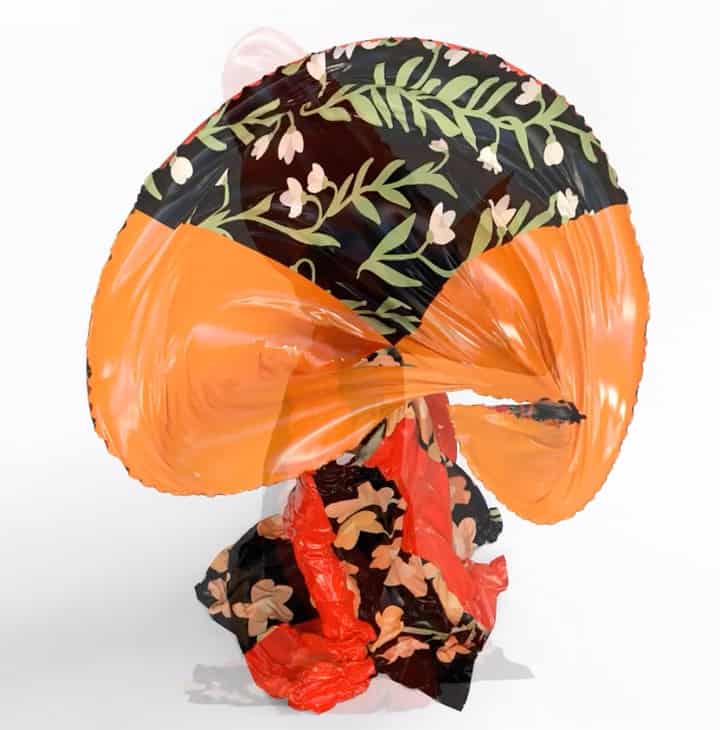
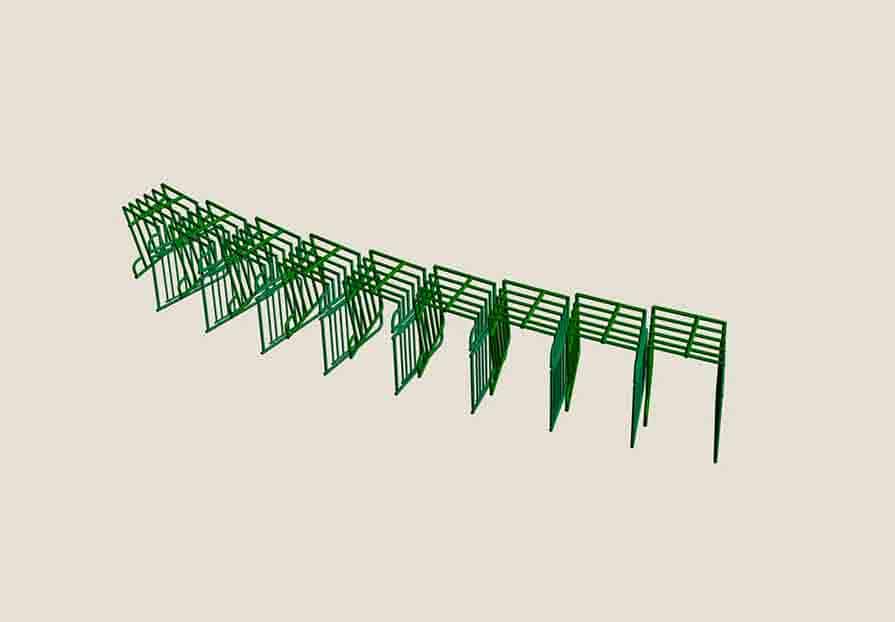
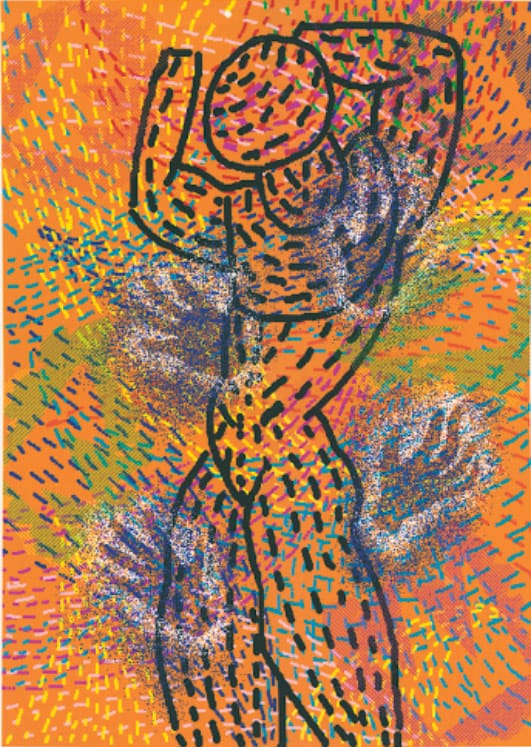
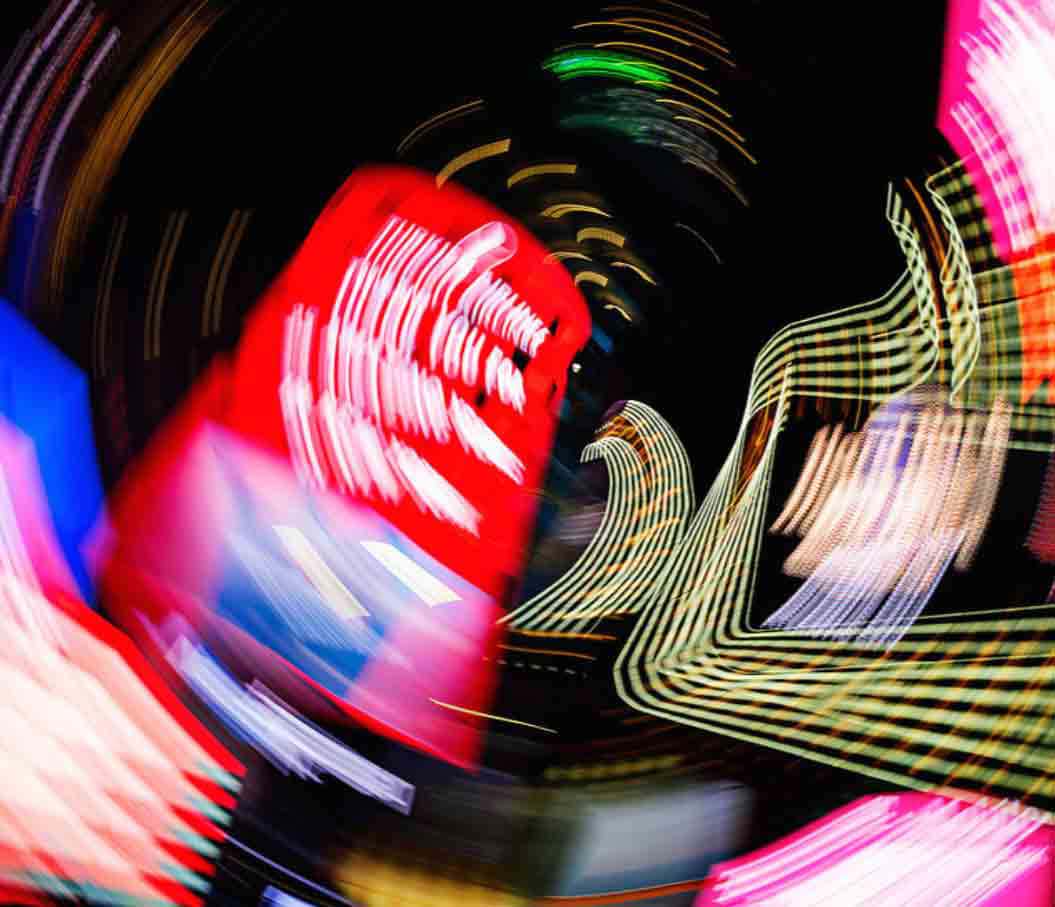
Although I will likely never work with NFTs I enjoyed reading this series and understanding (better) the process. Thank you Sandra and Vasari21!
Thank you Paula. I will see this through but it’s been a wild ride so far.